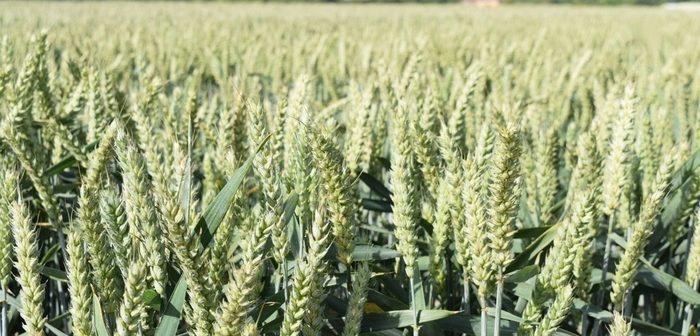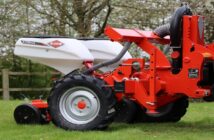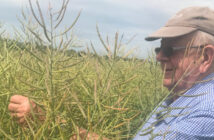Choosing winter wheat varieties that can cope with the unknowns facing the arable farming sector will be an even greater challenge for Cereals Live 2020 participants this year, believes independent seed specialists Senova.
The company highlights the combination of unpredictable weather, ever-changing pathogen populations and the loss of key fungicide chemistry, which it predicts will favour the lower risk variety choices with strong agronomic features.
At the same time, economic pressures will force growers to scrutinise the market appeal of varieties, as well as their local on-farm performance – after regional variations were seen last year.
“There were reports coming in all through the 2019 season that unexpected varieties were carrying higher levels of disease, especially rust, than they should have been,” says Senova’s commercial director Jeremy Taylor.
“As a result, a few popular varieties saw their yellow and brown rust resistance ratings drop and AHDB warned that the highly dynamic nature of rust populations would require extra vigilance.”
Against that background, a winter wheat variety that offers certainty in such an uncertain world is central to Senova’s offer for autumn 2020 drilling, he reports.
The company’s hard Group 4 variety Costello, which joined the Recommended List in 2015, has maintained its strong performance over that time across a loyal farm user base, with a 5% market share.
One of only a handful of winter wheats on the AHDB Recommended List with both juvenile and adult plant resistance to yellow rust, Costello’s yellow rust score of 9 has been unaffected by the new races revealed earlier this year.
“In Costello we have a tried and tested variety that has a strong agronomic package and some of the best grain quality around, including a specific weight of 80.7kg/hl,” he says.
“It’s short and stiff, offers high yields and has a good all-round disease resistance package, making it easy to manage and cheap to grow. That combination puts it firmly in the frame for autumn 2020.”
The lack of summer events and trials visits this year caused by the lockdown will make it more difficult for growers to assess new varieties and compare them to their current choices, acknowledges Mr Taylor.
“It’s an unusual year for so many reasons. Proven varieties have an advantage while there is so much uncertainty.”
Despite that, Senova is also hoping to unveil two candidate winter wheat varieties this summer, he reveals. Both are Group 4 feed wheats and have been bred by Blackman Agriculture, but that is where their similarities end.
Swallow is a soft Group 4 wheat, with excellent potential for distilling. A high yielding type, it is short and stiff with early maturity and OWBM resistance, making it of potential interest to both Scottish and English growers.
“It has produced its highest grain yield in the north and testing to date suggest that it gives some of the highest alcohol yields,” reports Mr Taylor.
Banquo is the joint highest yielding hard Group 4 candidate at 103. In RL trials for the eastern region, it has excellent standing ability and early maturity, along with OWBM resistance and a 9 rating for yellow rust.
“Both Swallow and Banquo offer improvements over existing variety choices and we are excited about their prospects,” ends Mr Taylor. “They will be up for recommendation




